In Photos: The Mummy of King Ramesses III
Egyptian Pharaoh

Scholars have long been puzzled about the death of Ramesses III, believed to have ruled from about 1186 B.C. to 1155 B.C. during Egypt's 20th dynasty. Research by Egyptologist Zahi Hawass and colleagues had found evidence he died immediately after his throat was slit, severing his trachea, esophagus and large blood vessels. "The large and deep cut wound in his neck must have been caused by a sharp knife or other blade," the team wrote in a paper on their findings, published in the British Medical Journal on Dec. 17, 2012.
More recent research by Hawass and Cairo University radiologist Sahar Saleem suggests a group of assailants murdered the pharaoh. The duo found Ramesses III's toe had been hacked off with an ax, pointing to more than one assailant using different weapons. Here's a look at what scientists have found so far in the pharaoh's murder mystery.
Ramesses III Temple

While ancient papyrus court documents show that members of the king's harem plotted to kill him as part of a palace coup, it has remained unclear whether the assassination scheme was successful. Shown here, the Temple of Ramesses III at Medinet Habu in Egypt. Column on east wall of First Court in the temple.)
Unknown Man E
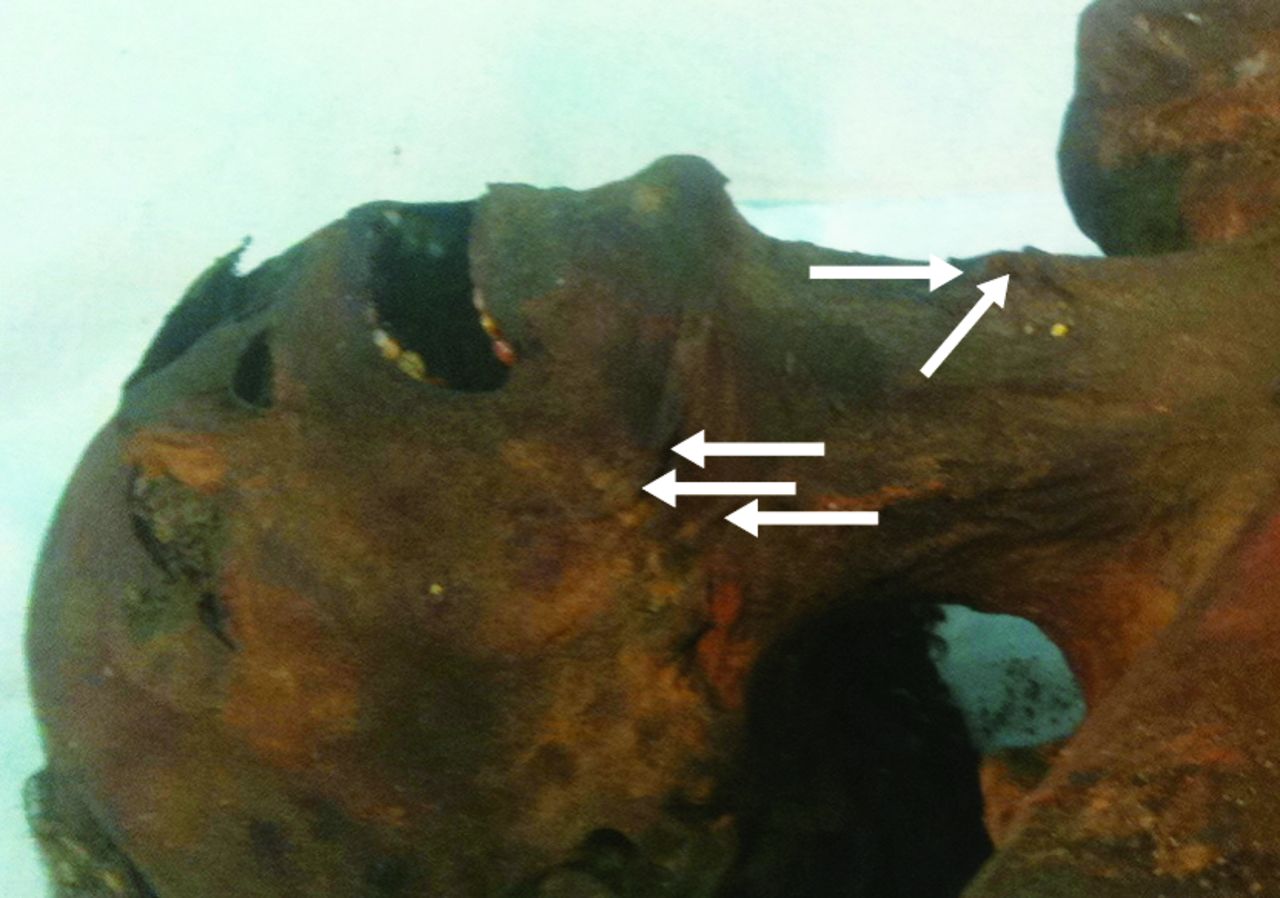
The researchers of the new study also examined a mummy suspected to be the pharaoh's traitorous son, Prince Pentawere, which they dubbed "unknown man E."
Solving an Ancient Murder

To solve this mummy murder mystery, researchers conducted computed tomography (CT) scans on Ramesses III's mummy, finding wounds in his neck (stars). (Arrow points to embalming material seeping into the wound and bone.)
Deep Cuts
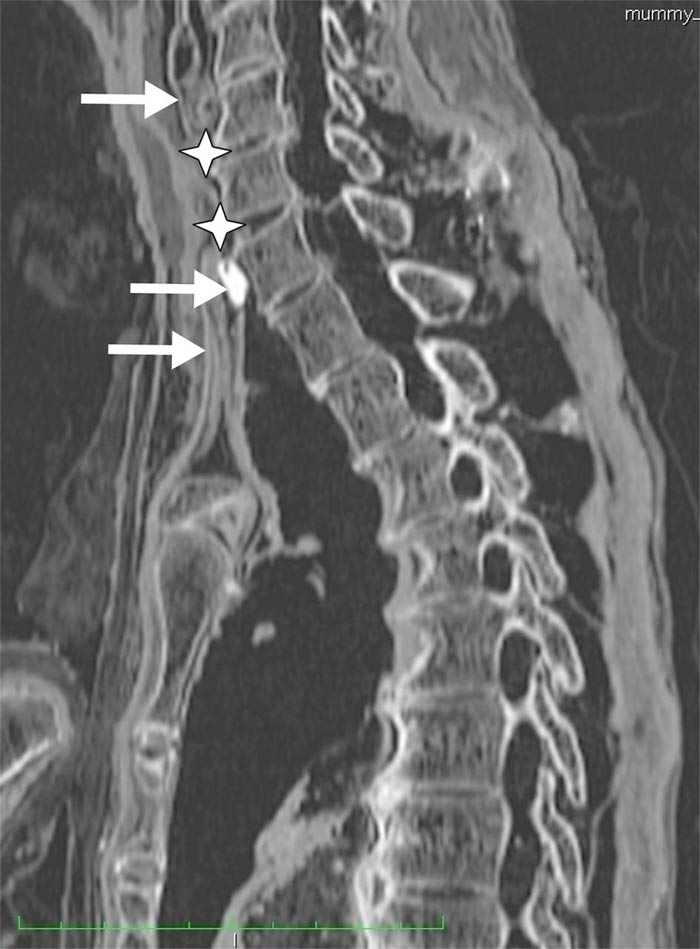
"The large and deep cut wound in his neck must have been caused by a sharp knife or other blade," the team wrote in a paper on their findings, published in the British Medical Journal on Monday (Dec. 17, 2012). Shown here, a CT scan of his neck, showing a foreign object (arrow), wound margins (stars), and skin above and below the wound (triangles).
They added that the cut, which severed his trachea, esophagus and large blood vessels, would have killed him instantly.
Lucky Charm
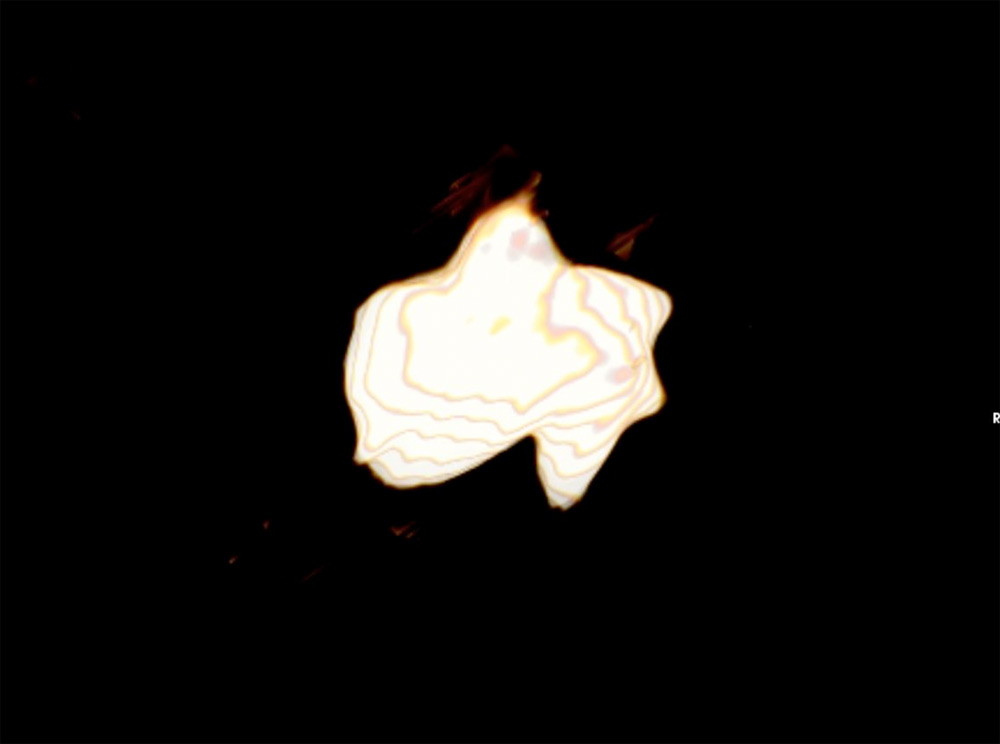
The researchers also found an amulet bearing the eye of Horus lodged in the mummy's throat and think it served as a lucky charm.
Get the world’s most fascinating discoveries delivered straight to your inbox.
Cause of Death?
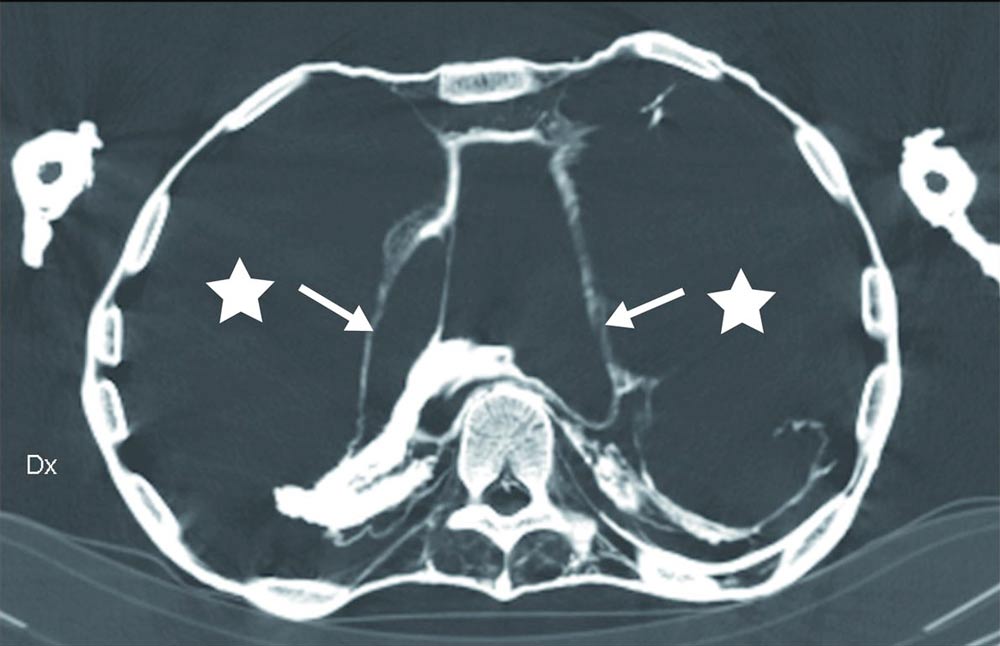
Because of unknown man E's contorted expression, some researchers have speculated that man E was poisoned or buried alive. The new analysis found that his lungs were overinflated (stars show air in thorax), which could be a sign of death by suffocation or strangulation, perhaps consistent with a suicide.
Gas Formation
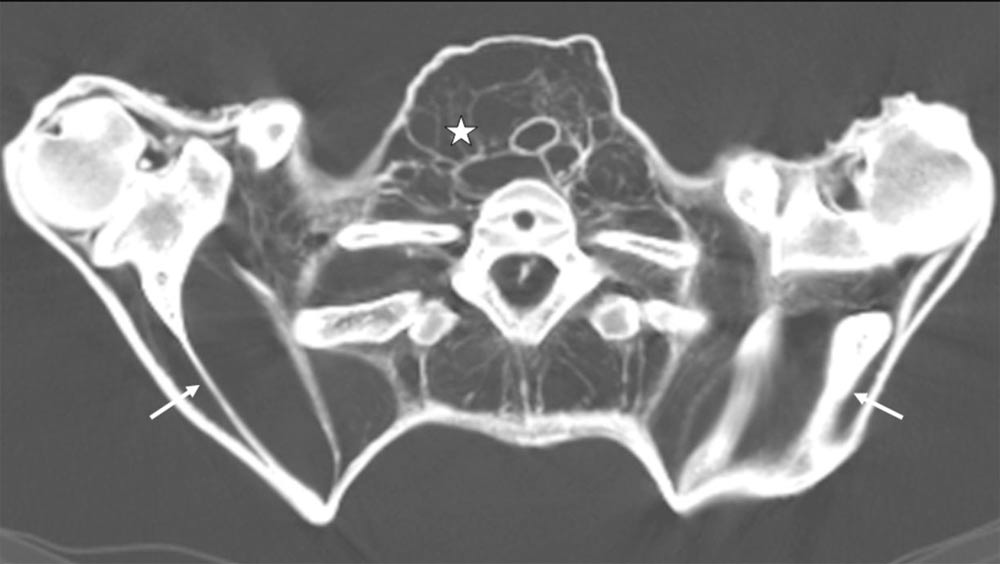
This CT image shows the lower neck region and shoulder joints of unknown man E. Scapulae are shifted to the lateral side (arrows), and soft tissues are inflated because of gas formation (star).
Thick linen wrappings
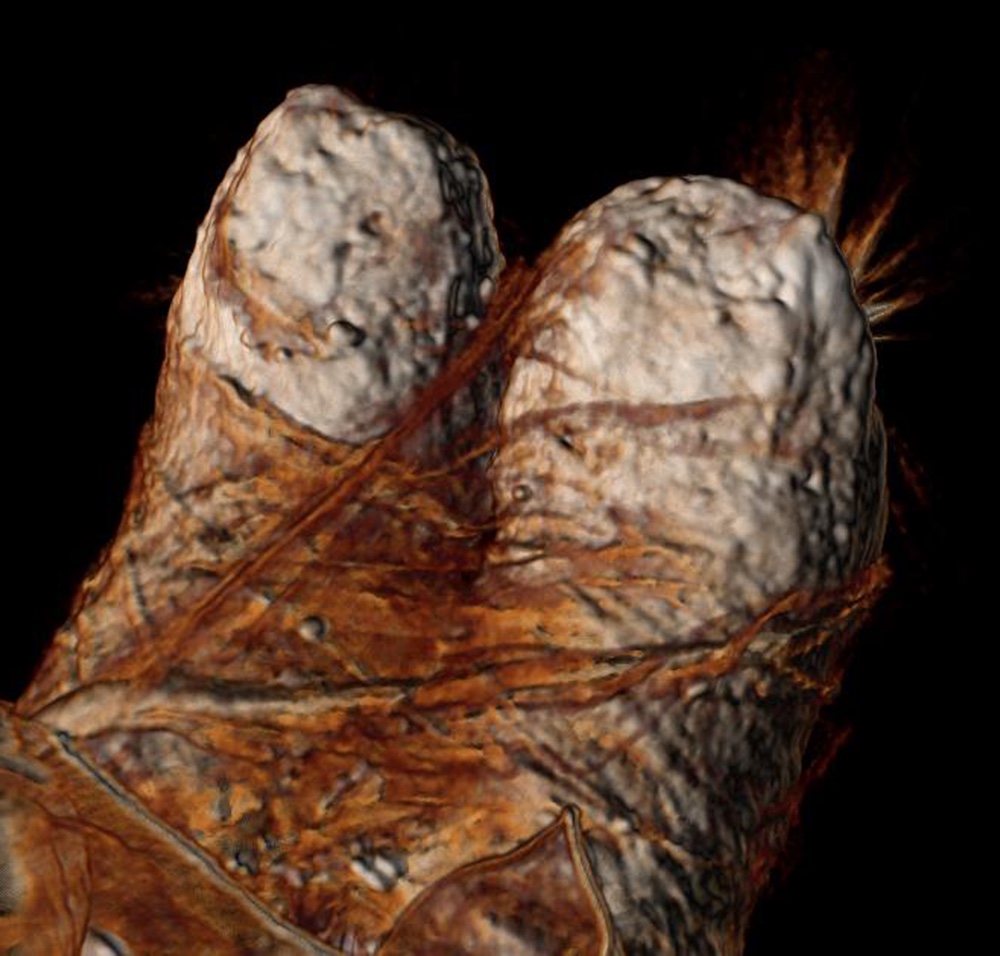
A three-dimensional CT scan of the feet of Ramesses III. Thick wrappings, glued together with copious amounts of resin, prevent the feet from being unwrapped. This extra resin hid the pharaoh's missing toe, perhaps deliberately, said radiologist Sahar Saleem, the co-author of a new book "Scanning the Pharaohs: CT Imaging of the New Kingdom Royal Mummies" (2016, American University in Cairo Press). Embalmers also fashioned a replacement toe out of linen to bulk out the bandages.
Missing toe
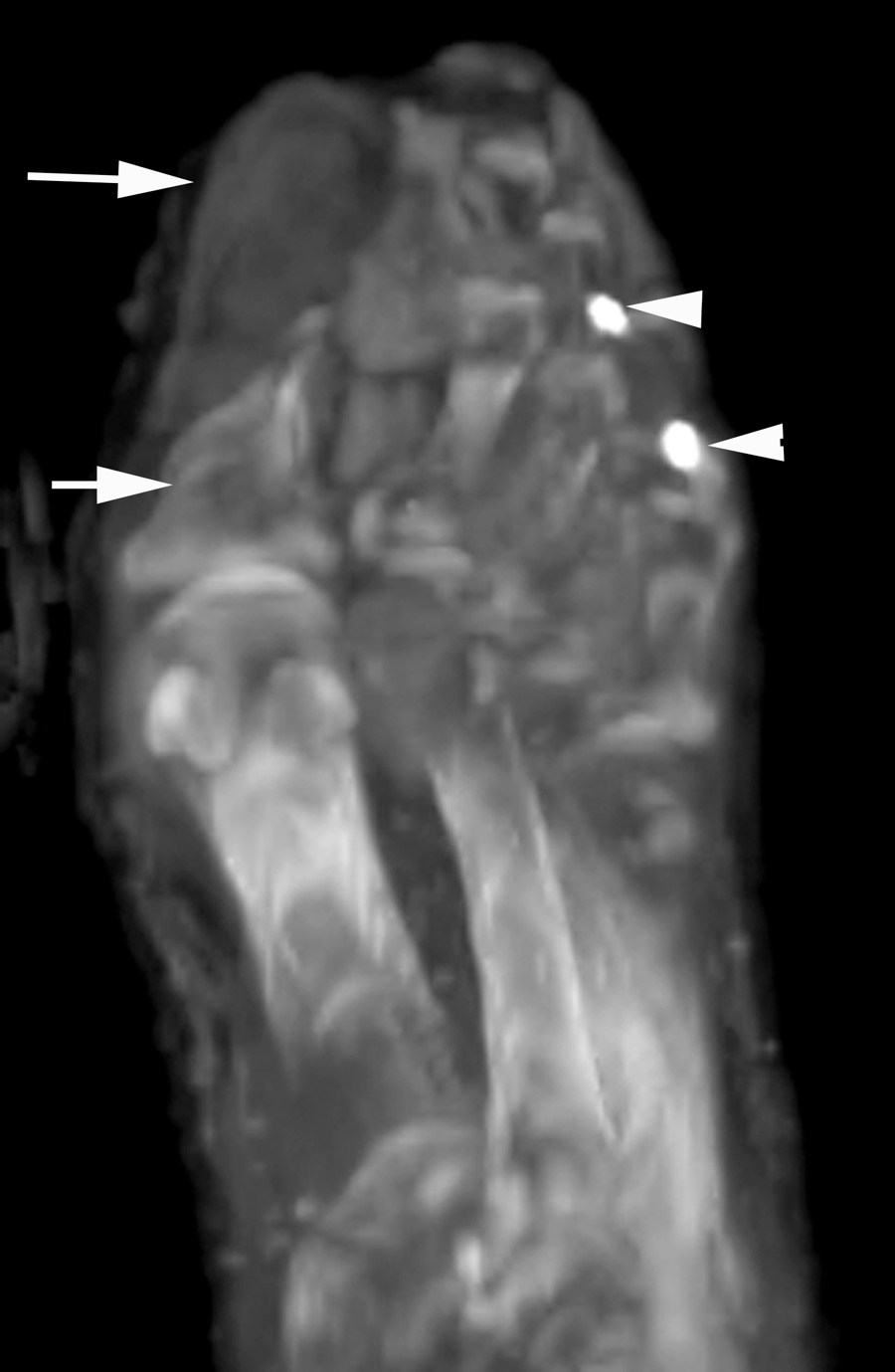
A CT image of the left foot of Ramesses III. The end of the big toe bone is missing, and the sharp cut in the bone suggests the toe was cut with a heavy blade. A molded bunch of linen replaces the lost soft tissue.
Amulets
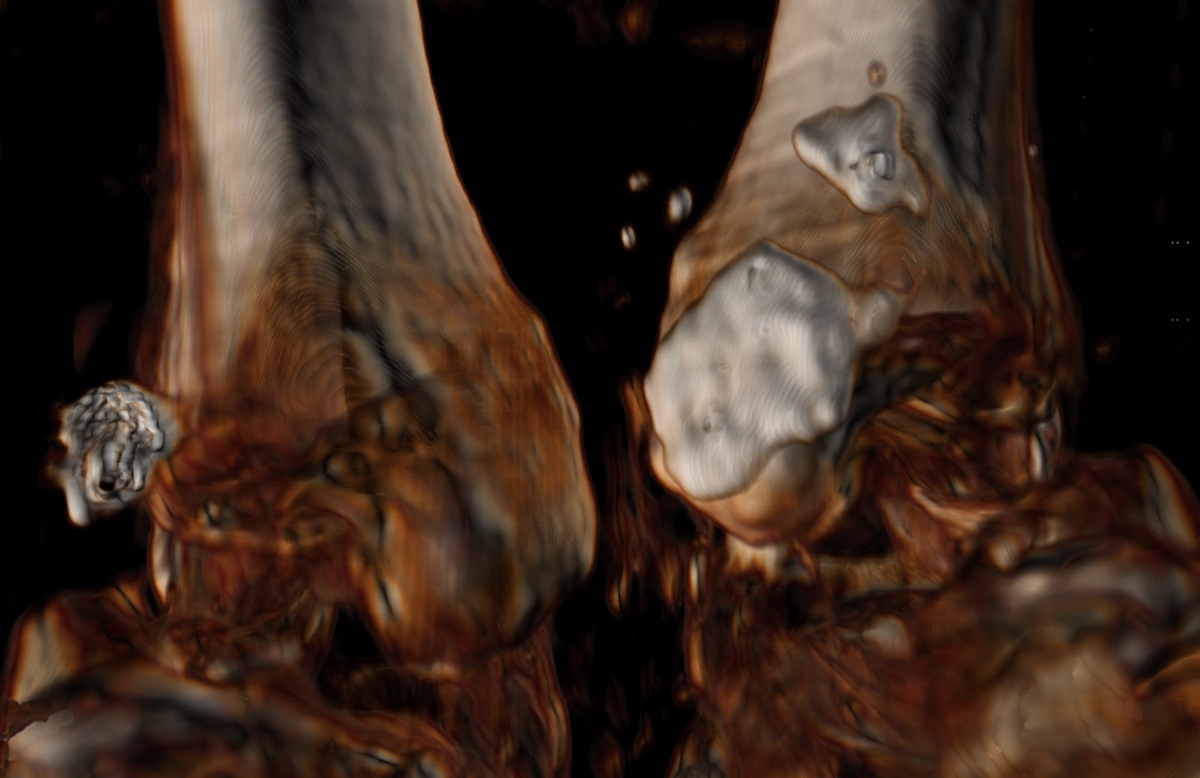
Six dense objects were placed in the wrapping around the left foot of Ramesses III. These objects were likely amulets meant to promote healing of the damaged toe in the afterlife, according to Salem and her co-author, Egpytologist Zahi Hawass. There was also an amulet placed on the pharaoh's cut throat.
 Live Science Plus
Live Science Plus






